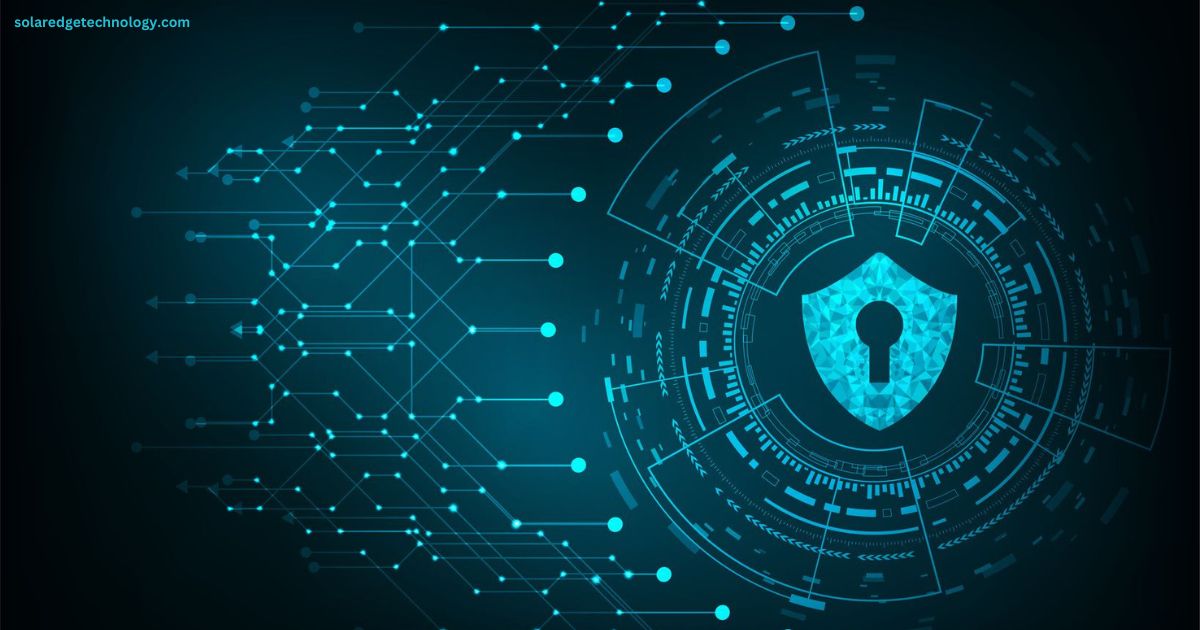In today’s digital age, cybersecurity has become a cornerstone of both personal and organizational well-being. As technology evolves, so do the threats to our digital assets. Understanding cybersecurity fundamentals verso is critical for safeguarding sensitive information, ensuring operational continuity, and building trust in the digital ecosystem. This article delves into the core aspects of cybersecurity, equipping readers with the knowledge to navigate the complexities of modern cyber threats.
What is Cybersecurity?
Cybersecurity refers to the practices and technologies designed to protect systems, networks, and data from cyber threats. These threats include hacking, malware, ransomware, phishing, and other malicious activities aimed at exploiting vulnerabilities.
Why Understanding Cybersecurity Fundamentals Verso is Crucial
With the rise of digital interactions, the importance of cybersecurity cannot be overstated. From financial transactions to personal communications, digital platforms hold a treasure trove of information that, if compromised, can lead to devastating consequences.
Key Takeaways:
- Data Protection: Safeguarding sensitive information is crucial to prevent identity theft and financial loss.
- Compliance: Adhering to regulations such as GDPR and HIPAA ensures organizational integrity.
- Business Continuity: Effective cybersecurity measures protect businesses from operational disruptions.
- Trust Building: Strong cybersecurity practices foster trust among stakeholders.
The Core Pillars of Cybersecurity Fundamentals Verso
1. Confidentiality
Ensuring that data is accessible only to authorized users.
- Example: Encrypting sensitive data to prevent unauthorized access.
- Tools: VPNs, encrypted communication channels.
2. Integrity
Maintaining the accuracy and reliability of data.
- Example: Using hash functions to ensure data integrity.
- Tools: Digital signatures, checksums.
3. Availability
Ensuring that systems and data are accessible when needed.
- Example: Implementing redundancy to mitigate downtime.
- Tools: Load balancers, disaster recovery solutions.
Types of Cybersecurity Threats
1. Malware
Malicious software designed to disrupt, damage, or gain unauthorized access.
- Examples: Viruses, worms, Trojans.
2. Phishing
Deceptive attempts to obtain sensitive information by masquerading as a trustworthy entity.
- Prevention Tips:
- Avoid clicking on suspicious links.
- Verify email authenticity.
3. Ransomware
Malware that encrypts a victim’s data, demanding payment for decryption.
- Protection Strategies:
- Regular backups.
- Using robust antivirus solutions.
Cybersecurity Best Practices
1. Use Strong Passwords
- Avoid predictable passwords.
- Use a combination of upper and lowercase letters, numbers, and symbols.
2. Regular Updates
- Keep software and systems up-to-date to patch vulnerabilities.
3. Multi-Factor Authentication (MFA)
- Add an extra layer of security by requiring multiple verification methods.
4. Employee Training
- Educate staff on identifying and mitigating potential threats.
5. Data Encryption
- Encrypt sensitive data to protect it from unauthorized access.
Advantages of Implementing Cybersecurity Fundamentals Verso
1. Enhanced Data Security
Protecting sensitive information minimizes risks of data breaches.
2. Operational Continuity
Cybersecurity ensures that systems remain functional despite threats.
3. Regulatory Compliance
Meeting industry standards like ISO 27001 helps avoid legal penalties.
4. Improved Reputation
Organizations with strong cybersecurity practices build trust with clients and stakeholders.
Key Comparison: Cybersecurity Tools
| Feature | Firewall | Antivirus Software | Intrusion Detection System (IDS) |
|---|---|---|---|
| Primary Function | Blocks unauthorized access | Detects and removes malware | Monitors network traffic |
| Best Use Case | Network protection | Device-level protection | Real-time threat monitoring |
| Example Tool | Cisco ASA | Norton, McAfee | Snort, OSSEC |
| Cost | Moderate to High | Low to Moderate | Moderate to High |
Keywords Cluster
To optimize this article for SEO, we have strategically included related keywords:
- Cybersecurity fundamentals verso
- Importance of cybersecurity
- Cybersecurity threats
- Best cybersecurity practices
- Data protection strategies
- Cybersecurity tools comparison
- Implementing cybersecurity basics
FAQs About Cybersecurity Fundamentals Verso
1. What are cybersecurity fundamentals verso?
Cybersecurity fundamentals verso refer to the foundational principles and practices necessary to protect digital systems, networks, and data from cyber threats.
2. Why is cybersecurity important?
Cybersecurity protects sensitive data, ensures operational continuity, and fosters trust in the digital environment.
3. What are the main types of cybersecurity threats?
Common threats include malware, phishing, ransomware, and insider threats.
4. How can I improve my cybersecurity posture?
Adopt strong passwords, use multi-factor authentication, update systems regularly, and educate employees on cybersecurity.
5. What tools are essential for cybersecurity?
Essential tools include firewalls, antivirus software, intrusion detection systems, and data encryption solutions.
Conclusion
Mastering cybersecurity fundamentals verso is indispensable in the modern digital landscape. By understanding the principles of confidentiality, integrity, and availability, individuals and organizations can mitigate threats, protect sensitive information, and build a resilient digital environment. With the ever-evolving nature of cyber threats, continuous learning and proactive measures remain essential. Adopting robust cybersecurity practices not only safeguards assets but also instills confidence in stakeholders, ensuring long-term success in an interconnected world.
